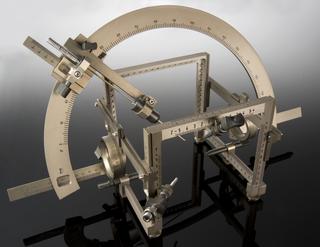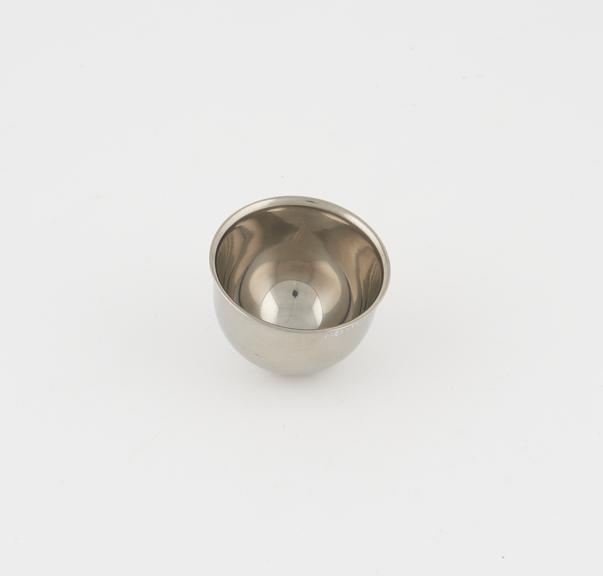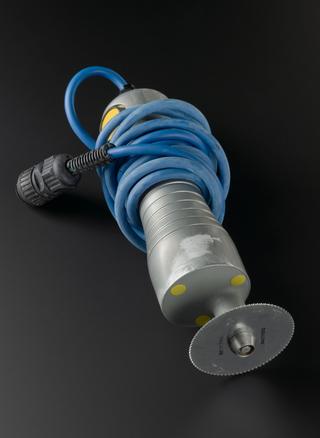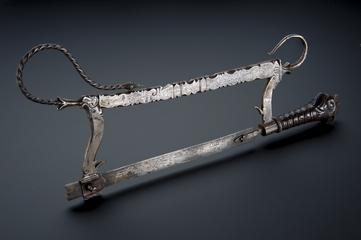




Smith Peterson acetabular cup, `vitallium' alloy, English, 1930-1940
Prosthetic acetabular cups are used to restore or strengthen the acetabulum or socket of the hip joint to relieve pain or as a partial hip replacement. The cup is made from an alloy of chromium and cobalt, known as vitallium. This is an ideal material as it is lightweight (the cup weighs 20 g), durable and inert so it will not react with tissues and fluids in the body and provoke an immune response. This cup was the standard method of hip reconstruction until total hip replacement operations were introduced in the 1960s.
Dr Marius Smith-Peterson (1886-1953), a Norwegian orthopaedic surgeon who developed this prosthetic in 1938, was famous for his pioneering research into hip joint surgery.
Details
- Category:
- Surgery
- Object Number:
- 1981-1712
- Materials:
- alloy (viballium) and complete
- Measurements:
-
overall: 40 mm 49 mm, 0.02kg
- credit:
- Institute of Orthopaedics, Dept. of Biomedical Engineering, UCL



